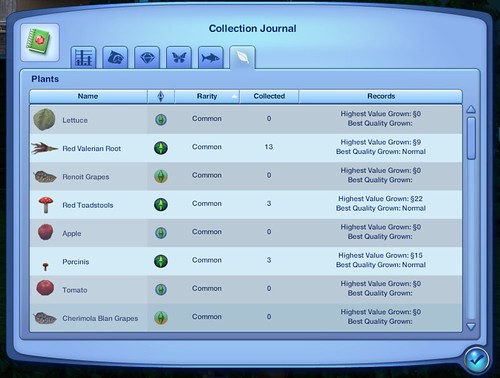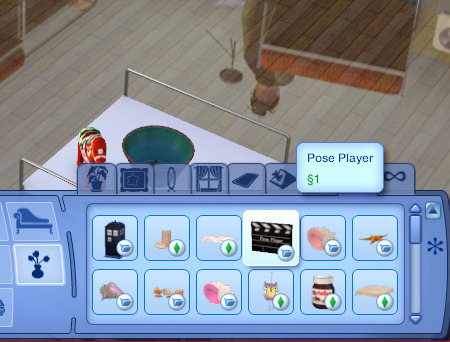The learning objectives of this game can be numerous, here I list the two main objectives:
 First, students are able to learn American cultures through the game. For example, the most interesting and challenging part of this game is socializing. Players can learn how to socialize in America. Players have to control their sims socialize with other sims in the game to expend their circles and make relationships with others in order to meet the needs for socializing and explore new opportunities. By choosing the different options in the conversation, such like chat, get to know, joke about work, apologize (there're just so many options), their sims or players will find traits of others and gradually grasp certain social rules to make friends and better relationship faster and efficiently.
First, students are able to learn American cultures through the game. For example, the most interesting and challenging part of this game is socializing. Players can learn how to socialize in America. Players have to control their sims socialize with other sims in the game to expend their circles and make relationships with others in order to meet the needs for socializing and explore new opportunities. By choosing the different options in the conversation, such like chat, get to know, joke about work, apologize (there're just so many options), their sims or players will find traits of others and gradually grasp certain social rules to make friends and better relationship faster and efficiently.

Second, students are able to expand their vocabulary through the game. Sim 3 provides a building mode for players to build their house and decorate their rooms of their own (in fact, I found many American families like to build and fix house by themselves). In the building mode, there are just so many stuffs categorized by plumbing, appliance, surface, etc. In this mode, players can find almost everything they could think in the real world, and use them to make an ideal house. The game also require them to buy certain items in this mode in order to meet the needs of their sims. In the world map, players can find more places like market and theater, their sims could buy groceries and get recreation according to different situation. Through this building or purchasing process, students are able to learn a lot of words of everyday life.
The game is so easy to handle because it's just to make the sim live and learn while the player also learn how to live a life and learn new thing. For the assessment, I think group discussion would be fit for the culture aspect. Students could share what they learned through the game and techniques in social communication while they could also put them into use in the discussion. And for vocabulary, a small quiz on certain category of vocabulary or a vocabulary competition in groups would be the choice.
Students would love this game! If you want to know more about Sim. Check here.

This sounds like an excellent language and culture learning game.
ReplyDelete